Goin’ Back to The Farm

Golf courses built on sloping terrain usually feature distinct sections or acts, as the land transitions from high to low ground and back.
Depending on the topography and architecture, some holes may fit better on the ground and offer highlights other areas can’t match. But the key on such sites is to unify all of it and make each act interesting and vital. Courses like Bandon Trails and Colorado Golf Club manage to splice it all together with verve and tempo, while others, like Cascades (mostly because of the placement of the flat holes in the routing), can feel gassed.

The high and middle sections of The Farm, pitched against the forested side of Rocky Face Ridge in northwest Georgia, are exhilarating. Unfussy while working on and off different elevated points, the holes capture the authenticity and character of the upland surrounds.
Things change when the routing slides into a meadow at the low side of the property. Without the natural ridges and uneven ground to guide them, these holes are actors without lines. Mill Creek forms the golf course’s western border, and Tom Fazio uses it to inject action into four consecutive holes, particularly 13, 15 and 16. But little else down here feels momentous, and his shaping fits like wardrobe from a different movie.
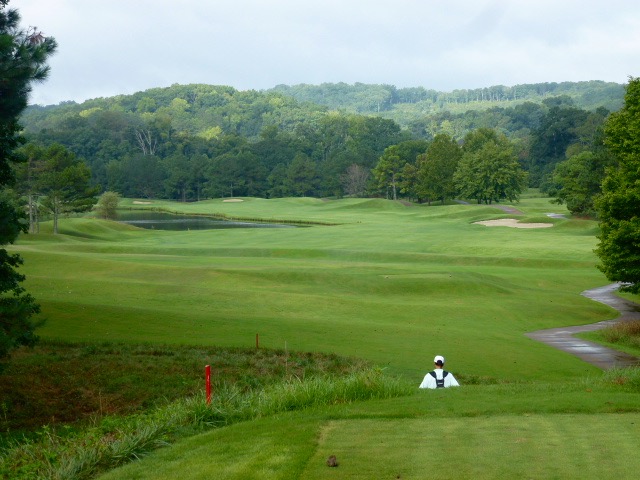
The Farm was built in the mid- to late-1980’s during an era where golf courses were often highly shaped but nowhere near to the degree or totality they would be in the next decade. Fazio himself was still working in the lower-volume mode of the day — it wasn’t until two years after The Farm, with the opening of Shadow Creek, a Shangri-La built on a bare desert floor, that Fazio commenced his era of blockbuster budgets and total site manipulation.

The shaping of The Farm’s lower holes is actually reminiscent of 1980’s Pete Dye. The par-5 2nd, curling around a lake toward a two-level green set against a backboard of mounds, would be at home on any TPC course. There’s also soft perimeter mounding, wavy putting surfaces nestled into saddles of grassy knobs, and greens pressed aggressively close to water features in ways Fazio might not recognize today.
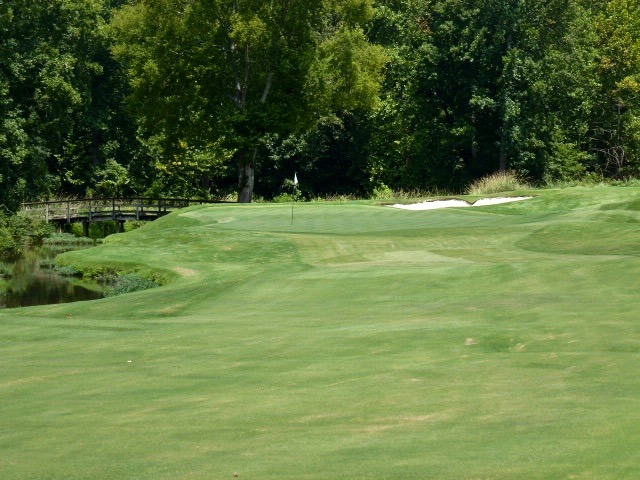
One of the better flat holes is the short par-4 16th running along Mill Creek. The wide fairway gives a bonanza of room to the right, but also a poor angle into a thin green pushed against the water. It’s a delightful little spot that dares you to play strategically along the creek to get a better line.
It’s tough, though, not to miss the purity and adventure of the holes in the hills. The short par-4 1st coming out of a wooded glen is one of the most sublime openers in the state. Bunkers down the entire left side of the slowly ascending par-5 9th keep forcing play toward a stream on the right and a disadvantaged approach into the deep, angled green with a wicked back right pin.
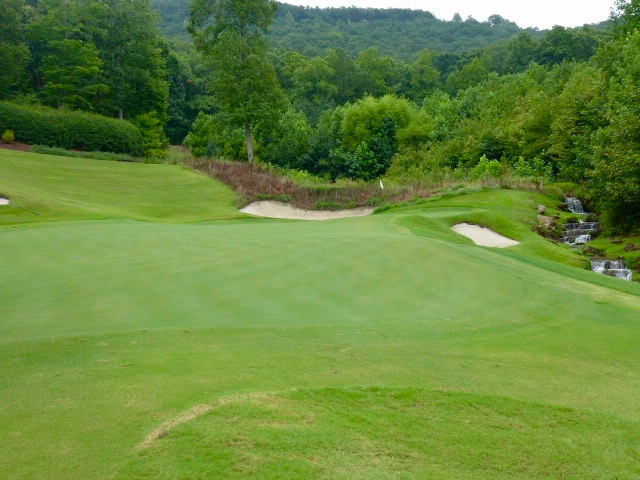
The par-4 6th with a semi-blind green set on a knoll above a grassy ravine is another strong point, followed by the 7th’s sharply uphill second shot to a shallow, benched green.
The 10th runs parallel to the base of the mountain and kicks shots to the right, leaving awkward stances into another elevated green. And the par-3 11th, the most scenic hole on the course, plays across a deep gully to a 3-level catcher’s mitt green surrounded by bunkers.
The Farm ultimately feels like two different courses, with some excellent action in the woods and some mismatched meadow holes that struggle to keep pace with what’s going on up above. The par-5 12th is a microcosm of this paradox — the right-to-left tee shot begins in the foothills, dropping to a fairway below. Nice. The second and third shots heading toward the meadow are benign, either a safe layup or a low-risk gun to the big, open green.
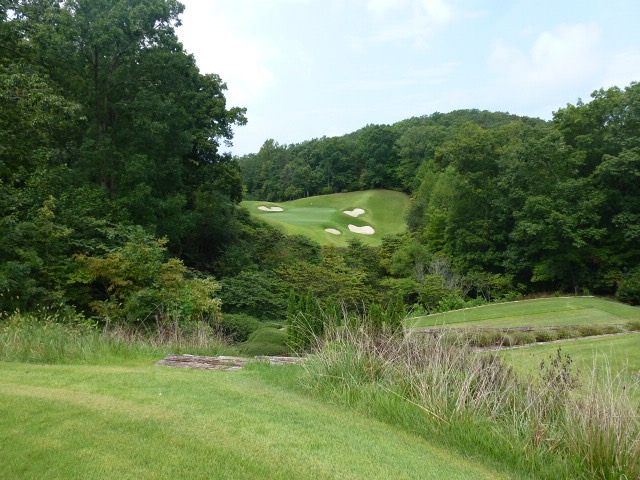
Fazio, of course, would go on to create courses where every feature is touched and enhanced, adding more contrast and volume than we find here. In his “Confidential Guide,” Tom Doak writes that The Farm is what he used to not like about Fazio designs but ironically now misses, and it’s true that this course marks the end of the less-is-more “early Fazio” period.
I equate it to special effects in films like “Rambo”, “Aliens” or the first generation “Star Wars” films. They looked sensational upon release, but with the advent of advanced CGI and other technology the visuals now seem rather quaint. But the current special effects, as spectacular as they are, can be sensory overload, too much and too literal. Those more modest creations of the past can carry a lighter magic we now miss.
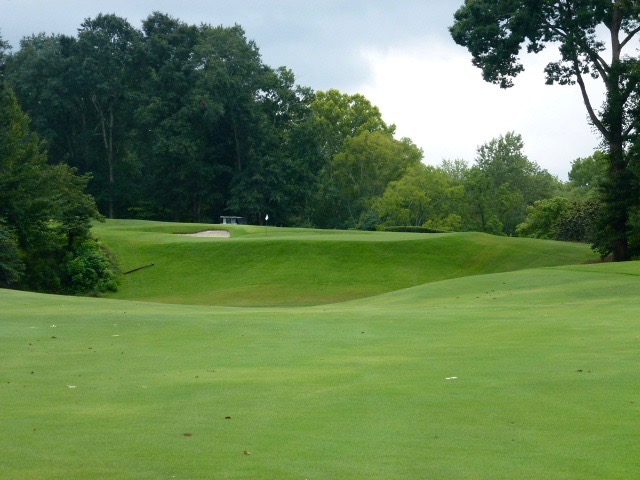
I actually thought of this the other night as I watched “Jason and the Argonauts” with my children, the 1963 version. It’s not a great movie — the acting is not recommended — but the monsters created by animator Ray Harryhausen were just was fascinating as I remember from when I was a boy. Harryhausen never changed — his last movie, “Clash of the Titans” (1981), is not much more technically advanced or different than his early work in the 1950’s — because why would he? He already had a perfectly wonderful art.
I admire much of Fazio’s more recent work, but The Farm — like Ray Harryhausen’s special effects — is a reminder that newer isn’t always better, the effect of something subtle can be more inspiring than something wrought, and creations can be purely enjoyable even if all the parts aren’t in unison. (91)
Dalton
Architect: Tom Fazio
Year: 1988
